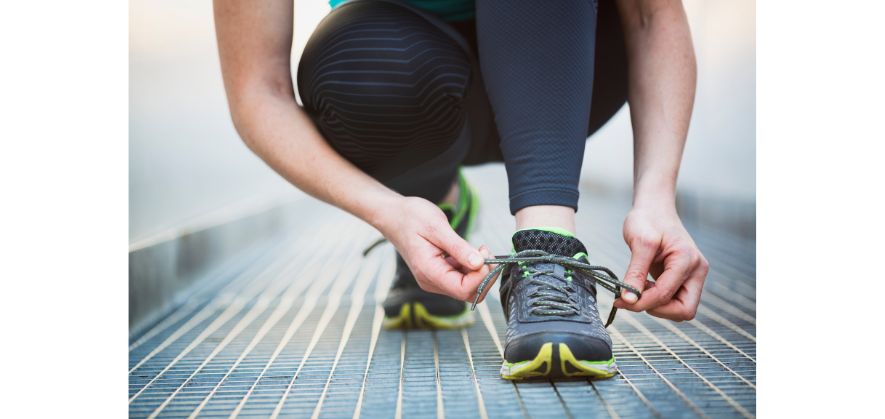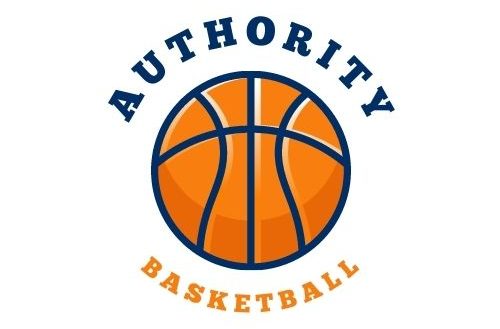Blisters are a common and pesky injury that can occur during any physical activity, including playing basketball.
While they may be painful and inconvenient, blisters shouldn’t stop you from enjoying the game you love.
Unfortunately for basketball lovers, blistering is not an uncommon injury among people who spend long hours playing sports or running around.
While it’s not life threatening, it does cause discomfort and pain — which could make you want to quit from what you love doing most.
However, there are some ways for you to prevent the pain associated with blisters while enjoying basketball.
Steps to play basketball with blisters
This article will now offer some tips for how to play basketball with blisters and minimize discomfort.
First up, we have…
1. Protecting the blister

The first step in dealing with a blister is to protect it from further irritation.
This can be done by covering the blister with a blister pad or moleskin.
Blister pads are adhesive patches specifically designed to protect blisters and can be found at most drugstores.
Moleskin is a soft, padded adhesive material that can also be used to cover blisters.
Both blister pads and moleskin can be cut to fit the size and shape of the blister.
It’s important to keep the blister covered during games and practices to prevent it from popping or tearing. This will also help to reduce pain and discomfort.
2. Wear the right footwear

Wearing the right shoes can make a big difference when it comes to managing blisters while playing basketball.
Look for shoes with a snug, supportive fit that won’t cause your heels to slip or your toes to rub against the front of your shoes as you compete.
Avoid shoes that are too loose or too tight, as they can increase the chances of getting a blister.
If you have a blister on your foot, it’s a good idea to wear socks with extra cushioning to provide extra protection.
Avoid wearing socks that are too tight or too thin, as these can increase friction on the blister and make it worse.
3. Loosen your shoe laces

Remember that your blistered feet need room to breathe!
You definitely want to ease the pressure on the affected areas to avoid further swelling.
Although you want to ensure that your footwear fits snugly and doesn’t rub against anything, you also don’t want to have your laces tied too tightly as that can put more strain on the injured area of your foot.
So, before stepping back on to the court, ensure that you’ve not tied more than one knot on those laces.
You’d rather have to deal with the disruptiveness brought about by shoe laces coming undone as you play the game than blistered feet that are severely swollen as a result of shoe laces that were tied too tightly.
4. Remove your shoe insoles to create more toe room
Next, you should take out those insoles in order to make more space for your blistered feet.
The friction brought about by your toes rubbing against the inner surface of your shoes as you run can cause you aggravation and slow down the recovery of your blistered feet.
Because insoles take up a fair amount of leg room within a shoe by raising the position of your heel within it, they constrict the space and that can lead to increased pressure being applied on the blistered area during a game.
5. Apply lotions or ointments on the blistered area

Lastly, try using anti-blister sprays before going outside to prepare your feet for basketball action.
Spraying or rubbing things like petroleum jelly, corn-starch paste, baby oil or similar products helps soften dead cells under the outer layers of your skin.
These products also do a fine job of preventing friction build up between your sock liners and shoes, as they prevent skin from drying out as an occlusive moisturizer.
How do basketball players prevent blisters?
While it’s not always possible to prevent blisters, there are a few things a basketball player can do to minimize their risk:
- Wear well-fitting shoes that are appropriate for the activity you are doing
- Choose socks with good moisture-wicking properties to keep your feet dry
- Apply blister prevention products, such as blister balm or foot powder, to areas prone to blisters
- Break in new shoes gradually to reduce the risk of blisters
What should you do to quickly heal a basketball blister?
First things first, know when to call it quits if you feel sharp pains coming up inside your shoes.
If not properly taken care of, a minor blister can grow into a huge one within just 24 hours!
So, make sure to stop playing basketball as soon as you realise the presence of a blister.
To keep yourself safe after blistering, take off your shoes as soon as possible once you get home after that game or practice or session.
Then apply ice packs wrapped in plastic bags directly onto the affected areas, as this will reduce the swelling and bruising.
Once the skin has become numb, it should be easier for you to locate any small tears or cracks and treat them by applying lotions and ointments to the sensitive areas.
If the blisters are causing extreme levels of discomfort, don’t hesitate to consult your doctor at your earliest convenience.
Closing thoughts
Playing basketball with blisters can be challenging, but it’s possible to manage the pain and discomfort with the right strategies.
By protecting the blister, wearing the right footwear, and taking steps to reduce pain and discomfort, you can keep playing the game you love while your blister heals.
If you’ve enjoyed reading this informative guide, you should check out some of our other educational pieces of content, such as:
- How to manage your anger when playing basketball;
- Dealing with a difficult basketball coach; and
- Starting to play basketball as an adult
- The Most Popular Prop Bets Made During the NCAA Final Four Tournament - February 9, 2024
- Evaluating the Enigma: Does LeBron James Possess a No-Trade Clause? - May 16, 2023
- Gravity’s Dance: Unveiling the Art of Bouncing Basketballs - May 16, 2023

